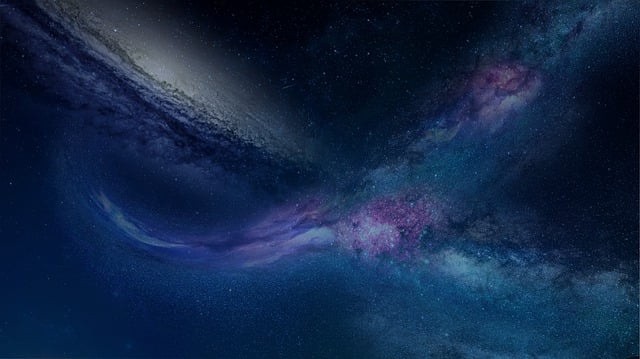
In a groundbreaking survey conducted by the James Webb Space Telescope (JWST), researchers have unveiled some of the earliest galaxies ever observed, dating back to the first 650 million years after the Big Bang.
Nature reported that the JWST Advanced Deep Extragalactic Survey (JADES) focused on several regions of the night sky, detecting 717 galaxies at incredibly distant redshifts, shedding light on the early formation and evolution of stars and galaxies in the Universe.
The telescope's infrared capabilities allowed it to observe these ancient galaxies, which appear as they did shortly after the Big Bang, within the first 650 million years, providing crucial insights into the early cosmic history that was previously beyond reach.
JADES-GS-z13-0 A.K.A. The Record Holder
The most distant object ever discovered in the Universe, a blurry red blob named JADES-GS-z13-0, holds the record. Identified by the JWST late last year, it sits at a redshift of 13.2, resembling its state just 320 million years after the Big Bang.
Despite its small size, this galaxy astounds astronomers by producing stars at a rate similar to the Milky Way, challenging previous beliefs about the slow formation of early galaxies. These objects serve as crucial building blocks for the Universe's structure, and JWST's observations are unveiling their prevalence throughout the cosmos.
Glowing Dog Bone
The dog-bone-shaped object, potentially at a redshift of 11.3, likely depicts the state of the Universe approximately 400 million years after the Big Bang. JWST's observations are revealing unexpected early structures in the Universe, as the object appears to be the merging of two smaller galaxies.
This discovery challenges previous assumptions, as scientists had not anticipated witnessing such galactic activity so early in cosmic history.
GN-z11
The galaxy GN-z11, located at a redshift of 10.6, shines brightly only 430 million years after the Big Bang, defying expectations. JWST's observation reveals a compact, brilliant sphere, possibly fueled by a massive black hole at its core, surrounded by superheated gas and dust.
The telescope's data also hints at the presence of some of the first stars in the Universe, indicated by peculiar pockets of primordial helium gas along the galaxy's edges, aligning with astronomers' aspirations of detecting these ancient stars composed mainly of hydrogen and helium.
READ ALSO : James Webb Space Telescope May Have Found the Oldest Galaxy Ever That Existed 13.5 Billion Years Ago
Big Clumpy Galaxy
The bulbous galaxy, with a redshift of 8 and located 300 million years later than the current record holder, displays a clumpy structure, suggesting a period of intense activity during those 300 million years.
JWST's discoveries of early galaxies imply that the Universe's dynamic nature has been present from its very inception, showcasing the early galaxies' role in setting the stage for all subsequent cosmic evolution.
The Inside-Out Galaxy
Observed 700 million years after the Big Bang, this galaxy exhibits a unique pattern where more stars are forming in its outskirts rather than in its central region. This discovery challenges existing theories, as it quantifies the inside-out growth of a galaxy during an early stage of the Universe.
Cosmic Rose
The JADES team discovers a striking collection of dusty, red galaxies resembling a cosmic rose. These galaxies, found at varying distances corresponding to redshifts from 2.5 to 3.9, represent the heart of "cosmic noon," a time when galaxies rapidly produced stars, shaping the Universe as we know it today.
The discovery highlights JWST's significant advancement in understanding the Universe's redness and holds a special place in the team's heart.
RELATED ARTICLE: NASA's James Webb Space Telescope Spotted Six Galaxies That Should Not Exist, Challenging Conventional Understanding
Check out more news and information on James Webb Space Telescope in Science Times.









